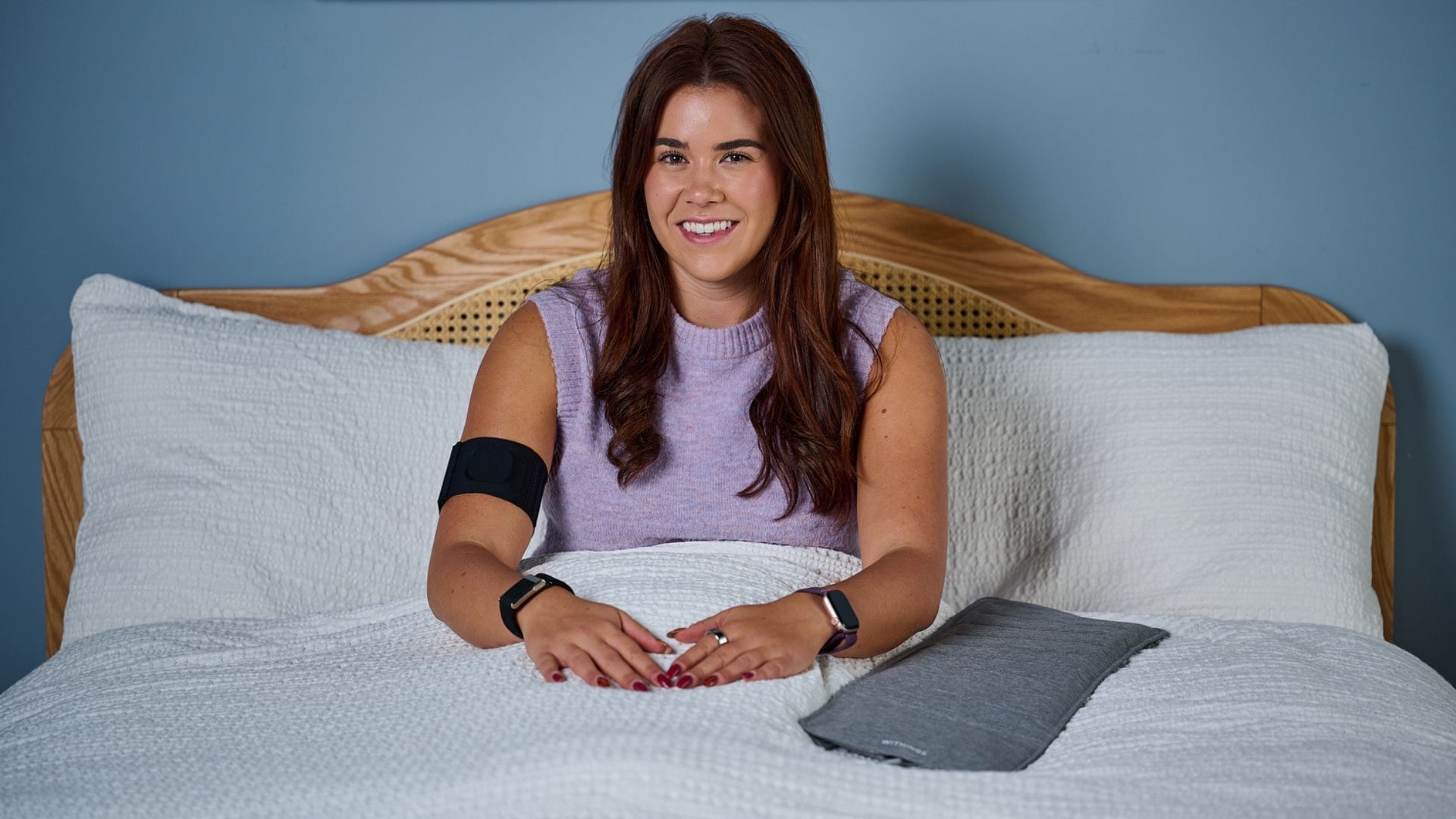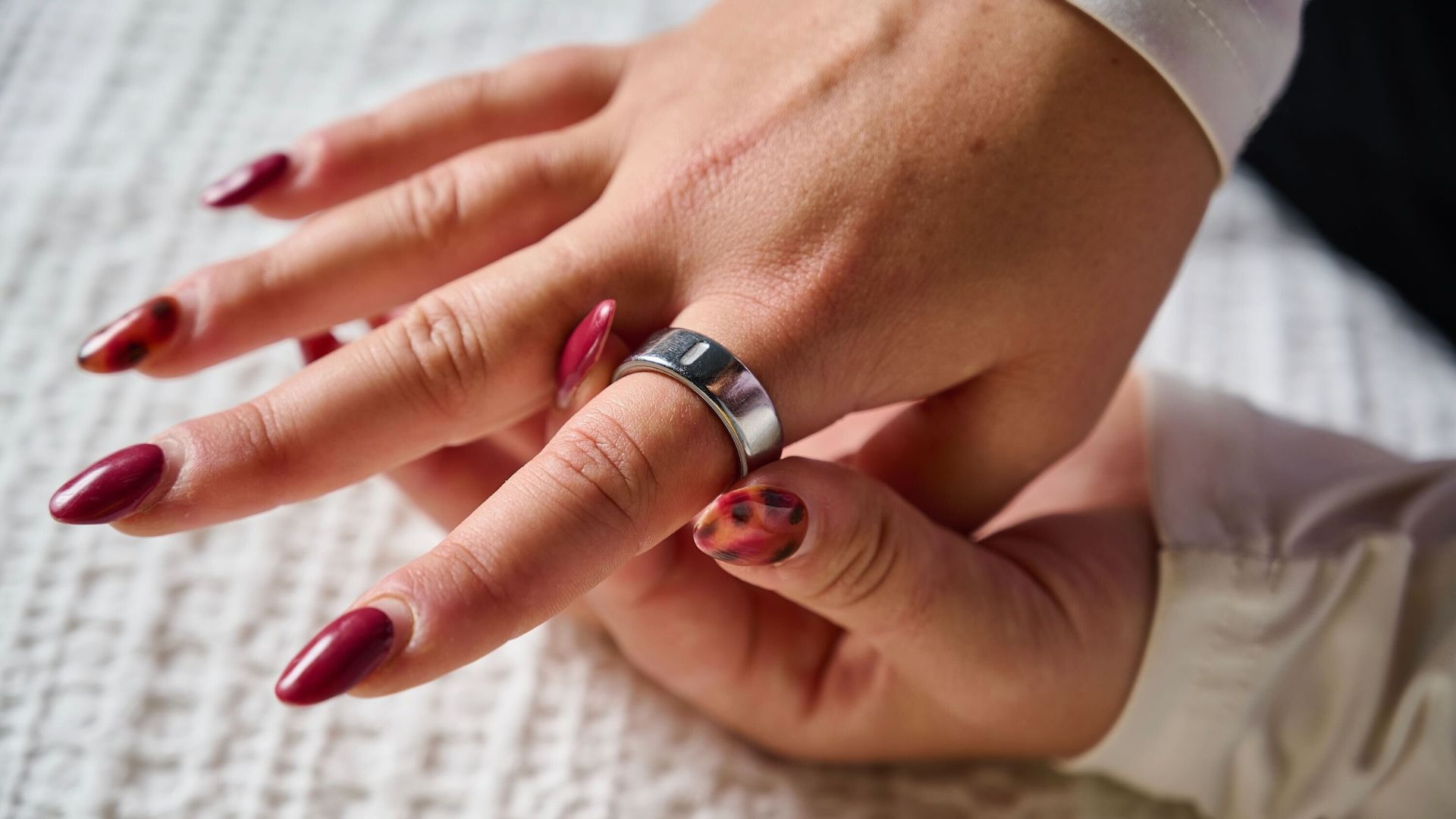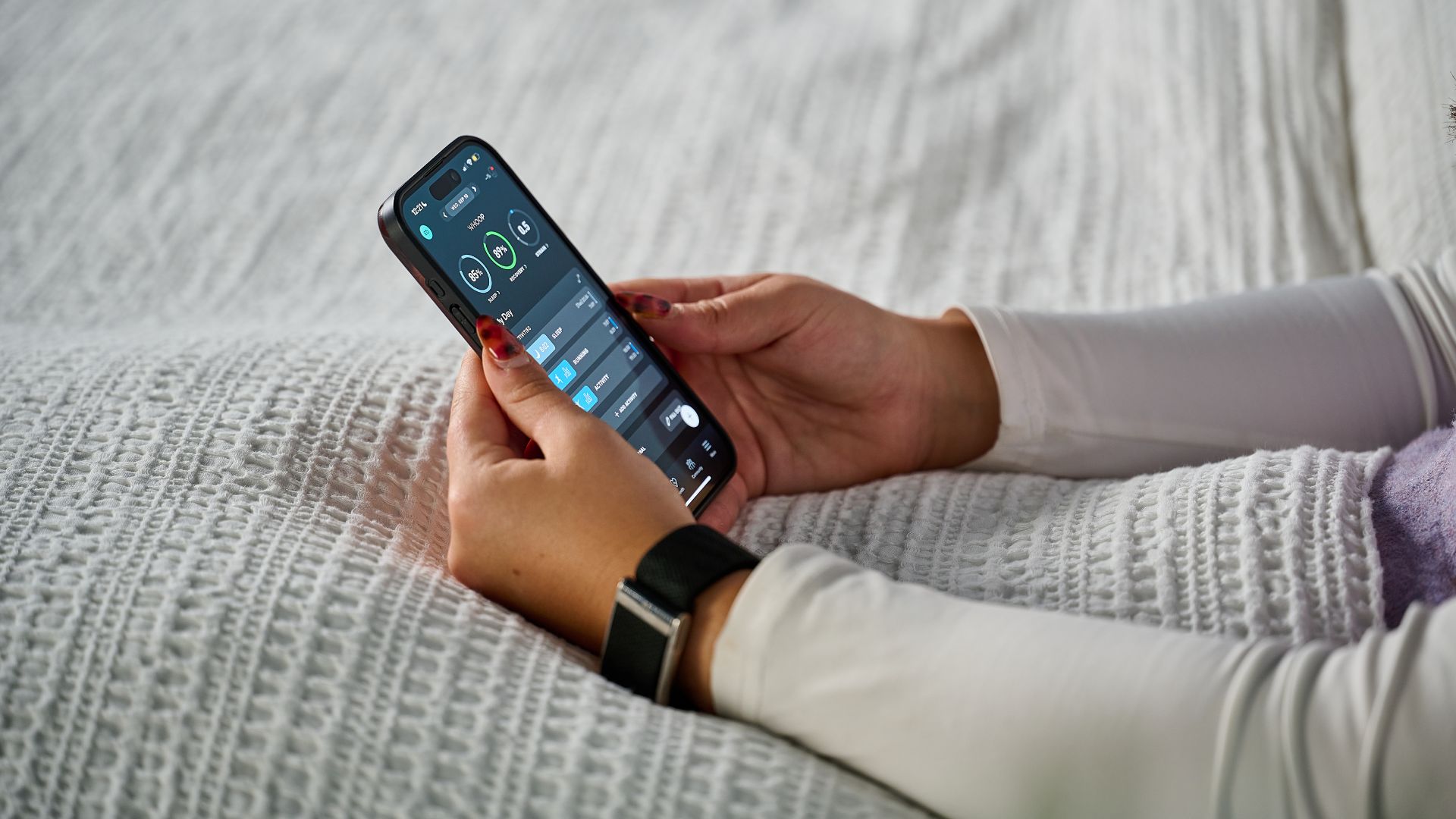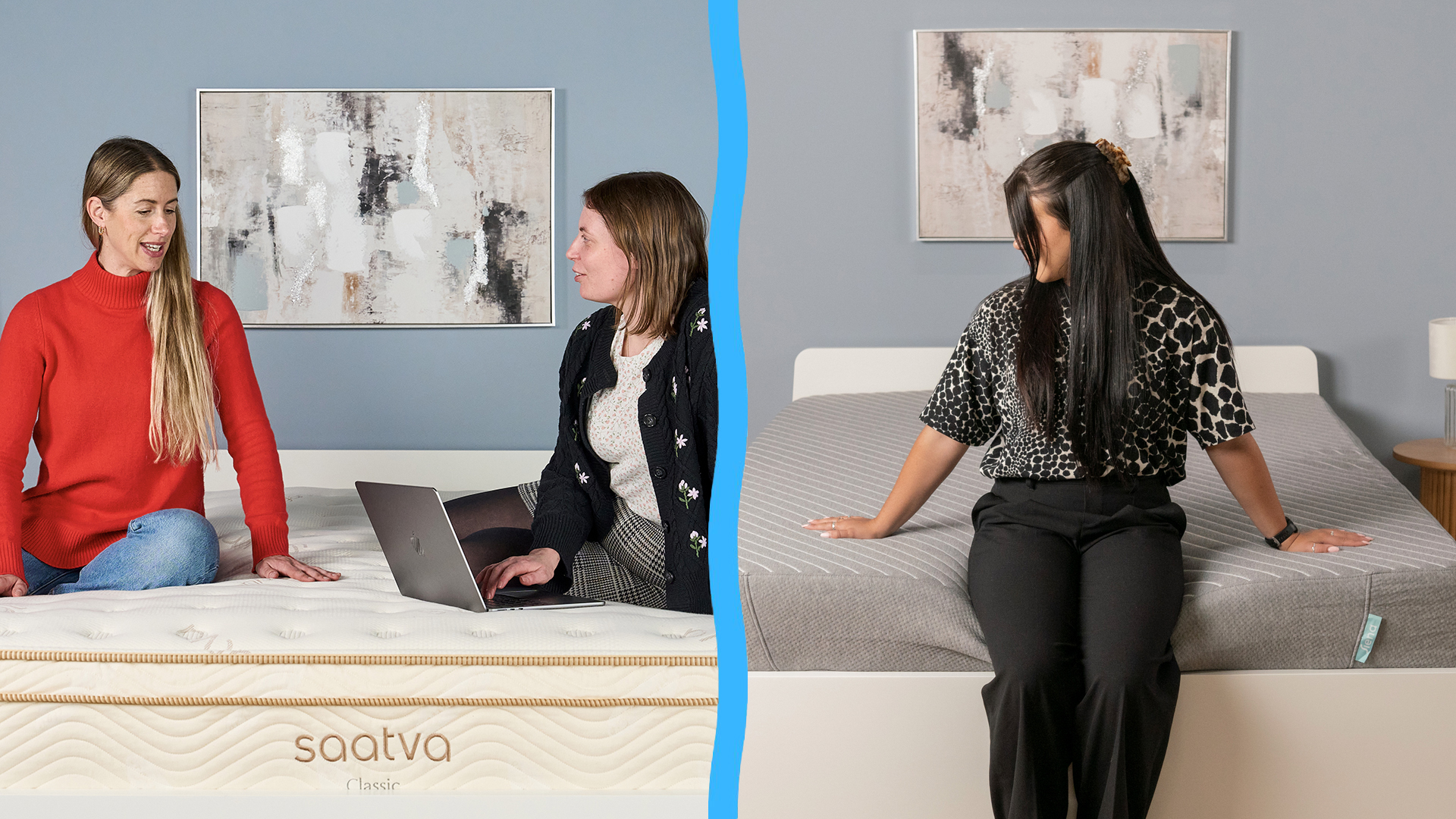How we test sleep trackers: Inside our thorough testing process
A guide to how we test, review and rate sleep trackers for our shopping guides and why you can trust our recommendations

Behind every product review and buyer's guide at Tom's Guide is a thorough testing process. As more and more people are investing in their sleep health, particularly in consumer devices that track and analyse sleep quality and habits, we've fine tuned our sleep tracker review process.
Our in-house sleep team and wider review panel have over 40 years' of experience in testing and recommending sleep products from the best mattresses you can buy online to the best pillows, bed sheets and more. Now, we've added sleep trackers to our wheelhouse.
To find the best sleep trackers for different sleep preferences, lifestyles and budgets, we've put a bunch of wearable and non-wearable options from leading tech brands including Apple, Garmin and Oura to the test, assessing them in key performance areas like sleep tracking functionality and accuracy, value for money, ease of use and battery life (where applicable). Here's a closer look at how we test sleep trackers...
How we test sleep trackers: Our approach
At Tom's Guide, we've been assessing sleep tracking smartwatches since the debut of the very first Apple Watch a decade ago. As devices have gotten more sophisticated over the years, particularly regarding wellness and sleep features, our testing has become more intricate.
Sleep trackers come in many forms, from wrist-worn watches to smart rings, headbands, armbands, bedside monitors and under-mattress mats. Because of this variety, we use a consistent testing methodology so we can compare each device fairly.
Additionally, some of the best sleep trackers are multi-purpose wearables used as fitness and health trackers too. So, we (the sleep team) work alongside the Tom's Guide fitness team to give a 360 view of how good these devices are.

So, how does our review process look? We test every sleep tracker over a two-week period and use the highly accurate Withings Sleep Analyzer as a control device to benchmark accuracy and effectiveness.
Get instant access to breaking news, the hottest reviews, great deals and helpful tips.
During the first week, we gather baseline data from both the sleep tracker being tested and the Withings, allowing us to directly compare key sleep metrics such as sleep stages, total duration, HRV (heart rate variability) and sleep latency (how long it takes to fall asleep).
Over the second week, we focus on applying any recommendations or features offered by the tracker to improve sleep. This helps us assess whether the device provides actionable insights that genuinely enhance sleep quality.
To ensure a well-rounded evaluation, we also maintain a sleep diary alongside digital tracking. This diary records bedtime and wake-up times, any night-time awakenings, and daytime factors such as illness or menstruation that may affect sleep.
By cross-referencing diary entries with data from the sleep tracker, we aim to identify discrepancies or confirm trends in the data. This dual approach — objective data plus subjective context — help us assess the reliability of each tracker and determine whether it offers meaningful insights or improvements to the user’s sleep hygiene.
Ultimately, the goal of this testing is to answer several key questions: What data does the tracker collect, and how accurately? What technology or sensors does it use? Most importantly, who is the tracker best suited for, and does it actually help users sleep better? By testing each device thoroughly over a consistent period and with a structured methodology, we can offer clear, evidence-based recommendations in this buyer’s guide.
Sleep tracker performance rating
We use a scale of 1-5 to rate mattress performance:
1: Poor
2: Unsatisfactory
3: Satisfactory
4: Good
5: Outstanding
The final score awarded to a sleep tracker is calculated by finding the mean score across the following areas of performance:
1. Sleep tracking functionality and accuracy
First and foremost, you probably want to know 1) what sleep metrics does this tracker record? and 2) how accurate is it?

So, it's no surprise that sleep tracking functionality and accuracy dominates our review process. First we explore which metrics it keeps track of and how it does that (ie what sensors does it pack).
Then, we compare the sleep reports delivered by the tracker with our subjective sleep diary, assessing whether the metrics it gives us marry up with our own perception of how well we sleep from night to night.
2. Set up process
Our sleep tracker review process begins when unboxing these shiny new bits of tech. From the get-go, we're taking notes on how easy the product is to set up, and connect to its compatible app.
These digital trackers involve setting up an online profile so we take note of any problems occurring here.
3. App connectivity and user experience

With many sleep trackers being screenless devices, you operate them and view your sleep reports through an adjacent smart phone app. Therefore, assessing how seamlessly it connects to this app via Bluetooth, and how easy the app is to navigate and understand, is a easy area of our testing.
4. Battery life
While most digital devices are left to charge overnight, your sleep tracker is in action. As a lot of sleep trackers double as daytime trackers too, you end up wearing them 24/7 leaving little time for them to charge. Hence a strong battery life is crucial to sleep trackers and is a key area we score in our review process.
We ask how long does a single charge last and how long does the device take to fully charge.

Eve is a sleep tech product tester and writer at Tom's Guide, covering everything from smart beds and sleep trackers, to sleep earbuds and sunrise alarm clocks. Eve is a PPA-accredited journalist with an MA in Magazine Journalism, and has four years’ experience writing features and news. In her role as Sleep Tech Product Tester and Writer for Tom's Guide, Eve is constantly trying out and reviewing the latest sleep products from brands such as Apple, Garmin, Whoop, Hatch, Sleep Number, Eight Sleep, and Oura. A fitness enthusiast who completed the London Marathon earlier this year, Eve loves exploring the relationship between good sleep, overall health, and physical performance, and how great sleep tech can make that relationship even better.
You must confirm your public display name before commenting
Please logout and then login again, you will then be prompted to enter your display name.
